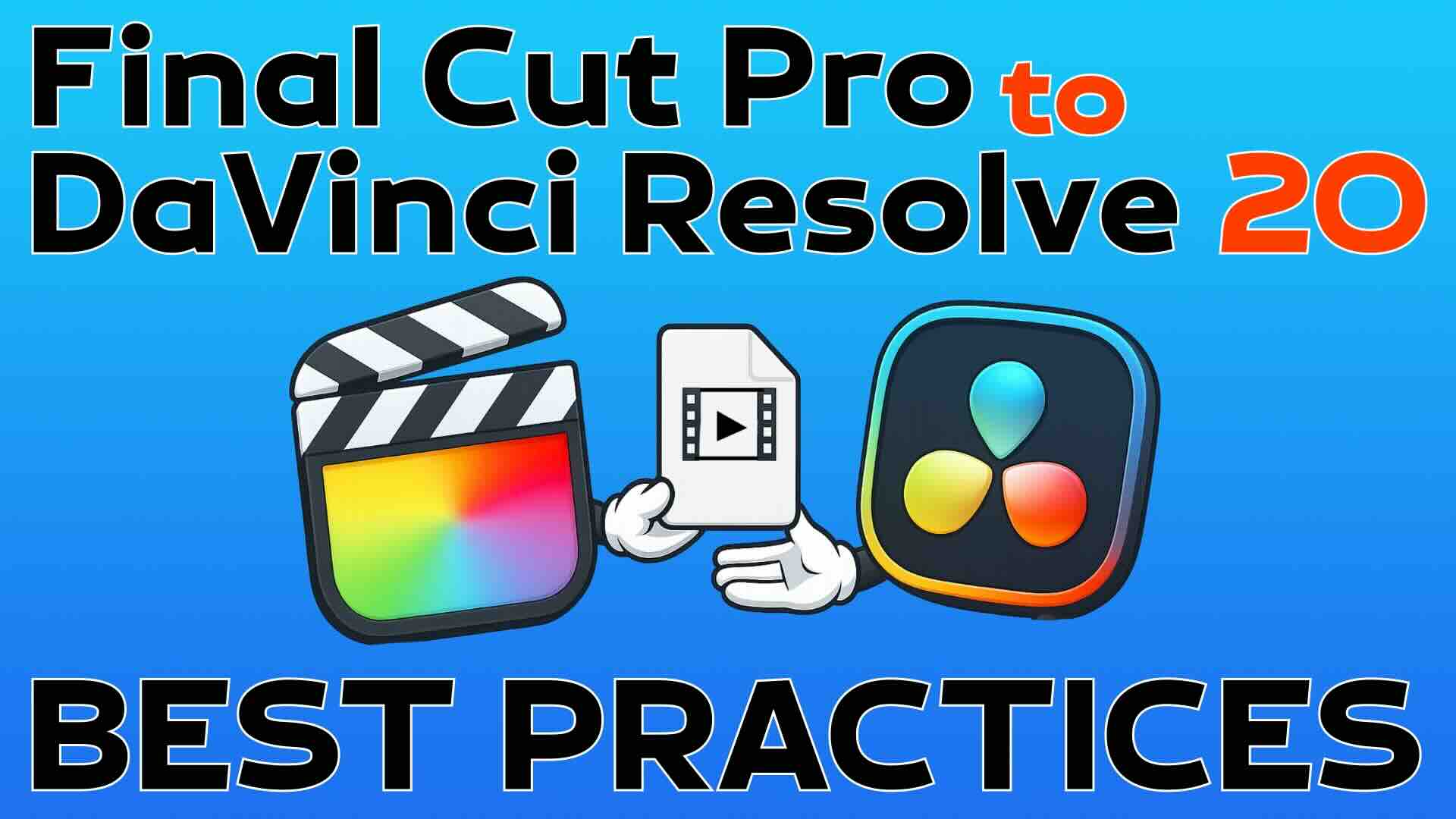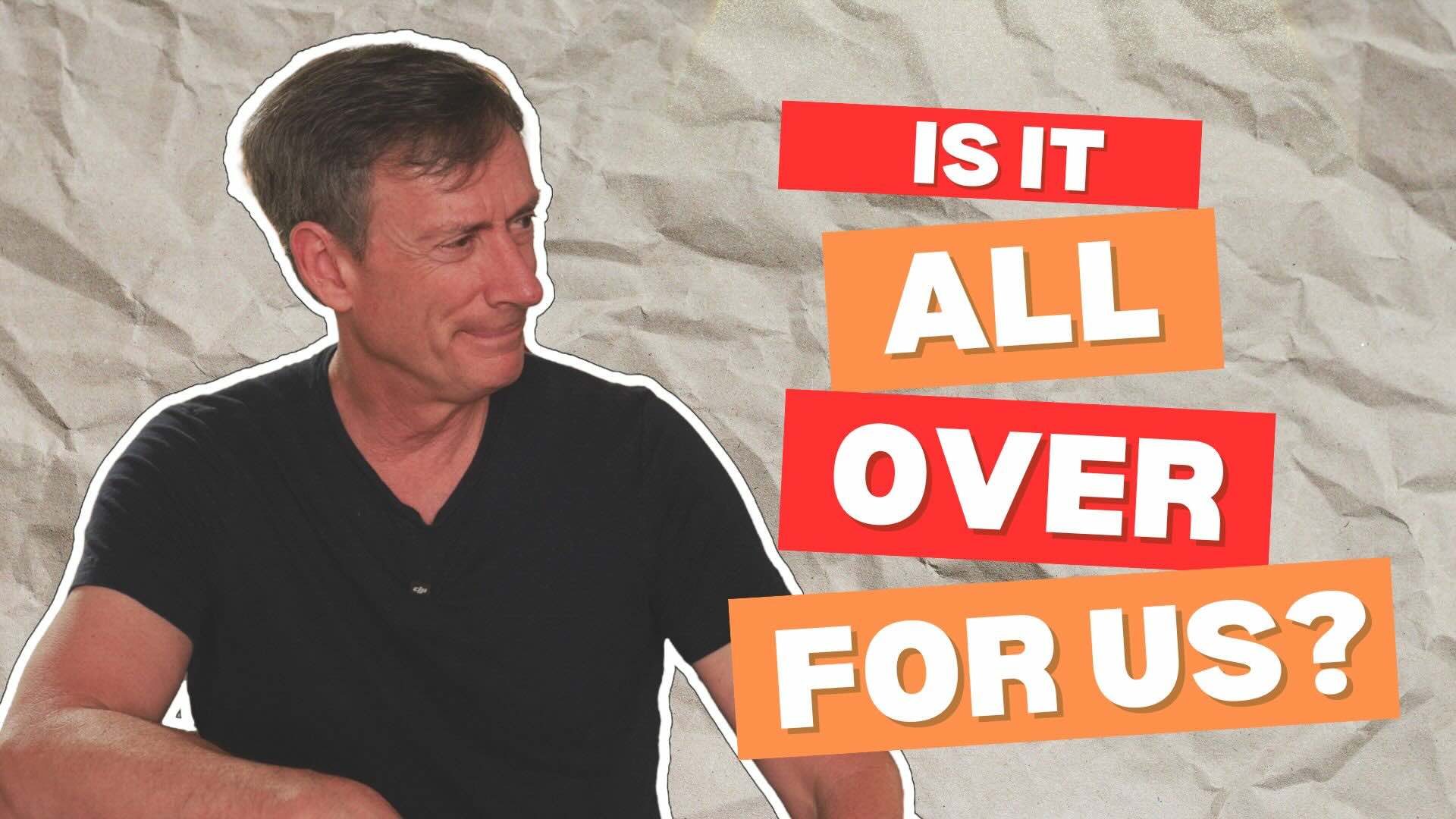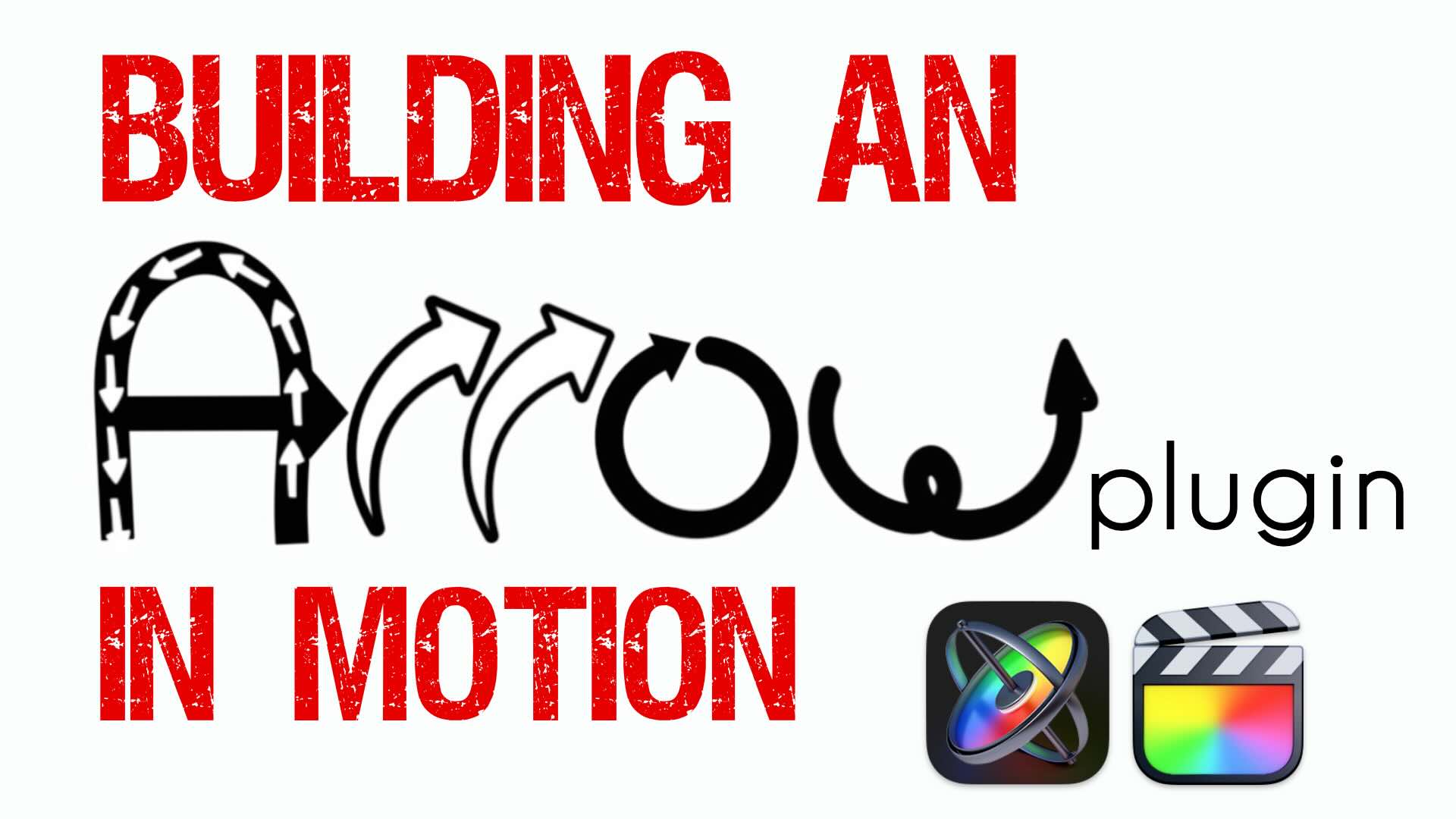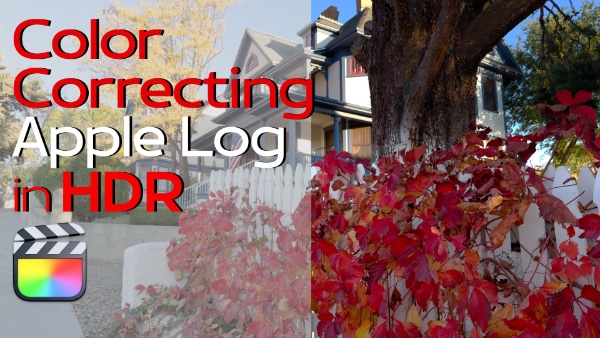Creating a Parallax Effect in Final Cut Pro X
In “Under 5 Minutes” Steve Martin will teach you how to add animation to an image to “fake” the popular parallax effect in Final Cut Pro X.
Learn how to use Pixelmator to create two layers, then import them into FCPX to use a simple keyframed scale change and a keyframed blur effect.
The finished result gives you an image with a sense of 3 dimensional space because of the faster scaling of the foreground combined with the slower scaling in the background.
Welcome to Final Cut Pro X in Under 5 Minutes. I’m Steve from RippleTraining.com.
In this episode, I’m going to show you how to to create a faux camera parallax effect where a photo appears to have depth and change perspective.
In this photograph of the girl on the beach, the camera appears to move towards her as the background focus changes. This effect is often achieved with a compositing application like Motion or After Effect that employ a 3D camera to move through the scene.
Since Final Cut Pro does not have a 3D camera, you can still fake it and get cool looking results.
Before you can animate the photo, you need to separate the subject from the background.
Here I am in Pixelmator, and I’m using the Paint Selection Tool to select the just the girl. Once she is isolated, I’ll right-click and choose Cut and Paste as Layer.
Toggling the layer visibility reveals that the photo is now separated by subject and background.
Next, you’ll want to select the background, then fill in the hole left by the cutout. Select the Clone tool, then start cloning in neighboring pixels.
The reason this step is important, is that when animating the layers in Final Cut Pro, you want to give the impression that the background is one seamless image behind the subject.
You won’t need to clone in the entire background, just enough to hide the hole near the edges of the subject.
When you’re finished, save the image as a Photoshop document, then import it into Final Cut Pro X. Double-click the clip to reveal the layers in the timeline. To verify that your layers have imported correctly, select each layer then press V to disable and re-enable them.
By default, the layer durations are too long. I’ll move the playhead to 6 seconds by pressing Control-P and entering 6 period return.
I’ll then Press Shift-Command-B to blade both layers at the playhead location, delete the clip excess, then press Shift-Z to fit the layers to the window.
Let’s start by animating the girl. An often used animation technique is to lock in your ending keyframe first. With the girl layer selected, I’ll press the End key, then the left arrow key once to park the playhead on the last frame. In the Inspector, I’ll add a keyframe for Scale, then enter 120 for the scale percentage.
I’ll move the playhead to the beginning of the timeline by pressing the Home key, then enter 100 for scale. Because a keyframe was already set for the end frame, there is no need to set a keyframe for the start frame.
Let’s play back.
Now I need to animate the background but I don’t want to start from scratch. I want to use the keyframes I already created for the girl as a starting point. With the girl layer selected, press Command-C to copy, then select the background layer and press Command-Shift-V to bring up the Paste Attributes window.
I’ll select Scale, then Paste.
I don’t want as much scaling on the background, so I’ll select the background layer, then in the Inspector use the next keyframe button to park the playhead on the last keyframe. I’ll enter 110 for the scale percentage and play back.
As a finishing touch I want to add a slight blur to the background to simulate a depth of field change. With the background layer selected, open the Effects browser, locate the blur category, then add a Focus effect to the layer.
With the playhead parked on the second keyframe, I’ll use the Focus amount slider to create the amount of blur I want. The amount of 30 is a bit heavy-handed, so I’ll reduce it to 15 and set a keyframe.
I also want to change the focus center-point so that the white wash of the surf is more in focus because it’s closer to the subject. I’ll drag the Y hot scrubber until the focus is centered where I want it.
I’ll set a keyframe for the Center parameter, then press Home, and set the both the focus amount and center point to zero.
At any point you want to adjust the timing of the animation, select the layer and press Control-V to reveal the animation editor. Drag the keyframes to a new location to make the blur effect and/or scale happen earlier.
Click the Subscribe button below. If you have an idea, comment or suggestions, leave those below as well. Go to RippleTraining.com for fast professional training on Final Cut Pro X, Motion, and DaVinci Resolve from industry professionals.
In this episode, I’m going to show you how to to create a faux camera parallax effect where a photo appears to have depth and change perspective.
In this photograph of the girl on the beach, the camera appears to move towards her as the background focus changes. This effect is often achieved with a compositing application like Motion or After Effect that employ a 3D camera to move through the scene.
Since Final Cut Pro does not have a 3D camera, you can still fake it and get cool looking results.
Before you can animate the photo, you need to separate the subject from the background.
Here I am in Pixelmator, and I’m using the Paint Selection Tool to select the just the girl. Once she is isolated, I’ll right-click and choose Cut and Paste as Layer.
Toggling the layer visibility reveals that the photo is now separated by subject and background.
Next, you’ll want to select the background, then fill in the hole left by the cutout. Select the Clone tool, then start cloning in neighboring pixels.
The reason this step is important, is that when animating the layers in Final Cut Pro, you want to give the impression that the background is one seamless image behind the subject.
You won’t need to clone in the entire background, just enough to hide the hole near the edges of the subject.
When you’re finished, save the image as a Photoshop document, then import it into Final Cut Pro X. Double-click the clip to reveal the layers in the timeline. To verify that your layers have imported correctly, select each layer then press V to disable and re-enable them.
By default, the layer durations are too long. I’ll move the playhead to 6 seconds by pressing Control-P and entering 6 period return.
I’ll then Press Shift-Command-B to blade both layers at the playhead location, delete the clip excess, then press Shift-Z to fit the layers to the window.
Let’s start by animating the girl. An often used animation technique is to lock in your ending keyframe first. With the girl layer selected, I’ll press the End key, then the left arrow key once to park the playhead on the last frame. In the Inspector, I’ll add a keyframe for Scale, then enter 120 for the scale percentage.
I’ll move the playhead to the beginning of the timeline by pressing the Home key, then enter 100 for scale. Because a keyframe was already set for the end frame, there is no need to set a keyframe for the start frame.
Let’s play back.
Now I need to animate the background but I don’t want to start from scratch. I want to use the keyframes I already created for the girl as a starting point. With the girl layer selected, press Command-C to copy, then select the background layer and press Command-Shift-V to bring up the Paste Attributes window.
I’ll select Scale, then Paste.
I don’t want as much scaling on the background, so I’ll select the background layer, then in the Inspector use the next keyframe button to park the playhead on the last keyframe. I’ll enter 110 for the scale percentage and play back.
As a finishing touch I want to add a slight blur to the background to simulate a depth of field change. With the background layer selected, open the Effects browser, locate the blur category, then add a Focus effect to the layer.
With the playhead parked on the second keyframe, I’ll use the Focus amount slider to create the amount of blur I want. The amount of 30 is a bit heavy-handed, so I’ll reduce it to 15 and set a keyframe.
I also want to change the focus center-point so that the white wash of the surf is more in focus because it’s closer to the subject. I’ll drag the Y hot scrubber until the focus is centered where I want it.
I’ll set a keyframe for the Center parameter, then press Home, and set the both the focus amount and center point to zero.
At any point you want to adjust the timing of the animation, select the layer and press Control-V to reveal the animation editor. Drag the keyframes to a new location to make the blur effect and/or scale happen earlier.
Click the Subscribe button below. If you have an idea, comment or suggestions, leave those below as well. Go to RippleTraining.com for fast professional training on Final Cut Pro X, Motion, and DaVinci Resolve from industry professionals.





